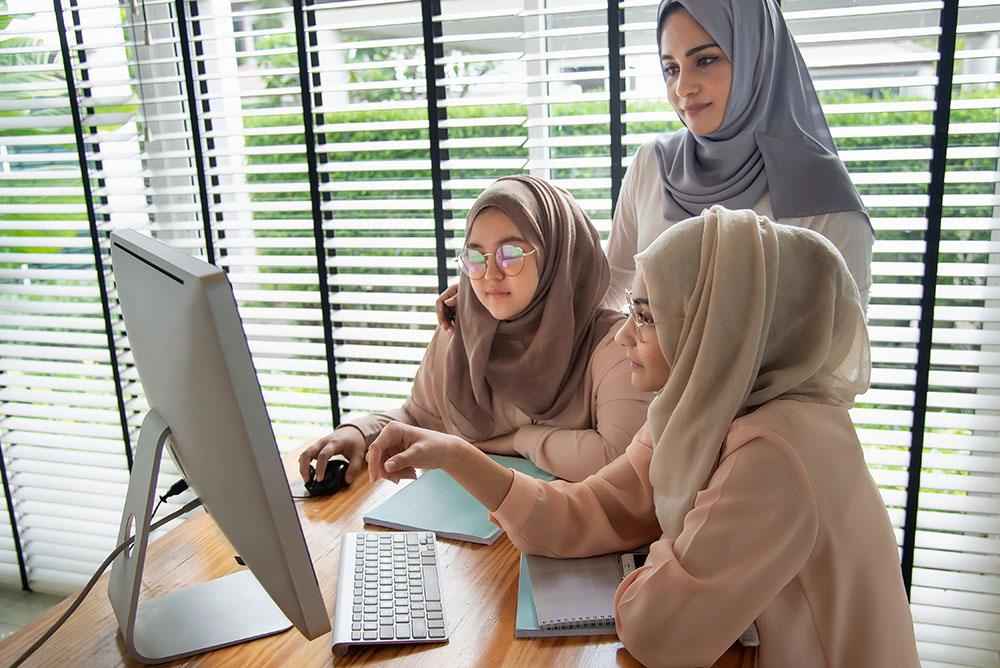Immigrant women experience a double disadvantage in the labour market, having worse outcomes because of both their migratory status and their gender. Previous research has provided three main explanations for this:
- culture,
- institutions, and
- human capital.
However, studies that connect these explanations are lacking, leading to a poor understanding of a complex situation.
The purpose of this project is to analyse immigrant women’s labour market situation in Europe, connecting different theoretical perspectives and analysing how culture and institutions affect the use, valuation of, and new investment in human capital. To achieve this, the project utilises a unique combination of data and variables for countries of origin, countries of destination, and individuals. It uses a comparative design including several destination countries to analyse both which explanatory factors are generalisable across multiple national contexts and how national institutions moderate the results.
Exclusion from the labour market and underutilisation of skills are harmful for both the affected individuals and society at large. National policies have a hard time combating this exclusion and may have unintended consequences or even be counterproductive. By connecting culture, institutions, and human capital with a comparative design, this project will further our understanding of immigrant integration and help promote sounder policies benefitting immigrant women as well as destination societies.









